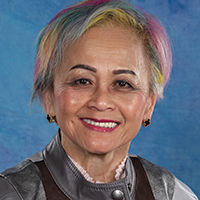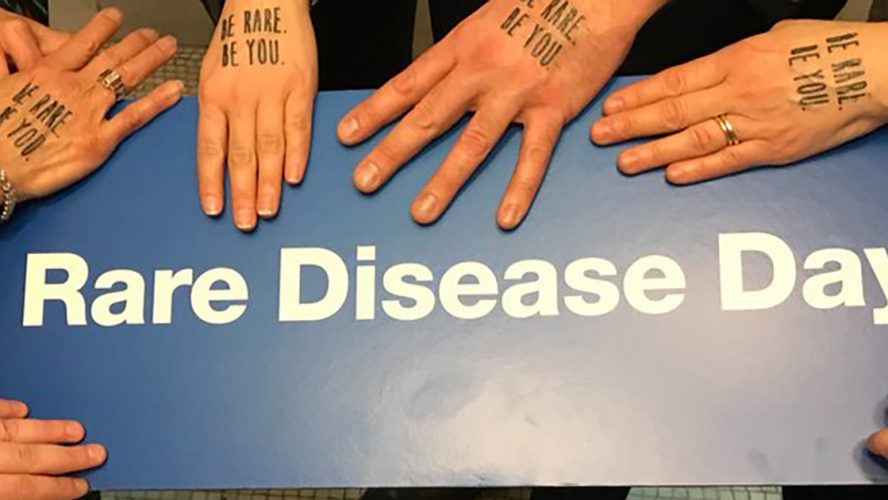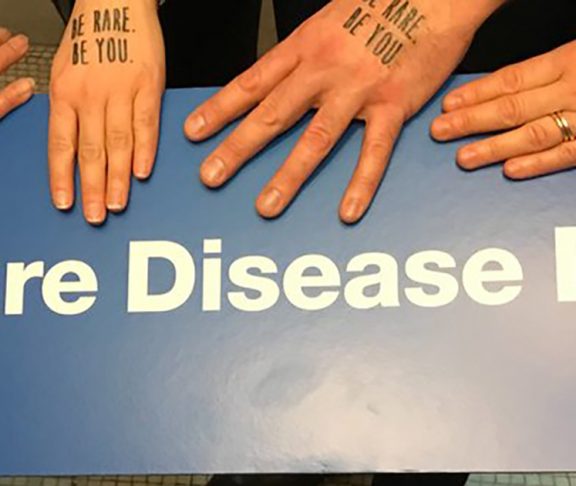
Durhane Wong-Rieger
President & CEO, Canadian Organization for Rare Disorders
Fifty years ago, three rare blood disorders experienced therapeutic breakthroughs that transformed once crippling and fatal diseases into manageable chronic conditions.
- In 1967, hydroxyurea was approved, thereby reducing the risk of crises in sickle cell disease.
- In 1968, deferoxamine became available, reducing the risk of organ damage for thalassemia patients with blood transfusions.
- In 1971, freeze-dried clotting factors became available for hemophilia patients, freeing them from in-hospital plasmapheresis.
In ensuing years, therapeutic advances have improved the lives of those with other anemias, myeloproliferative neoplasms, thrombocytopenias, and leukemia.
Today, advances in organ, bone marrow, and stem cell transplant have increased their feasibility, safety, and durability. But accessibility is limited by a lack of investment in technologies, facilities, and clinicians.
Modified cell and gene therapies demonstrate long-term benefits (five years plus) with no disease or symptom recurrence. But they come with high up-front costs. In the USA and Europe, health providers, drug plans, and policy makers are discussing how best to resource these therapies, financially with integrated care plans.
In Canada, no multi-stakeholder consultations are taking place. Gene therapies aren’t considered in the proposed National Pharmacare. Even worse, stringent — cost-effectiveness — thresholds proposed in the new Patented Medicine Prices Review Board regulations will automatically exclude these therapies based on their high entry costs, despite future decades of cost savings.
When will Canadian policy makers step up to the challenge of providing innovative access solutions to these curative therapies to all patients, including those with rare blood disorders?


